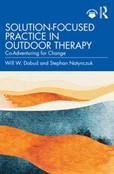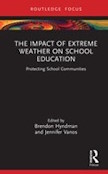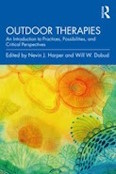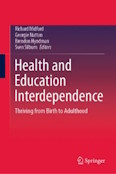Children's Voices Centre
We work with children, their families, communities and health professionals to understand and promote child engagement in a wide range of activities that contribute to their health and wellbeing. Our research and advocacy supports children to have a voice in the many different activities they do.
We work with all children, including children with disabilities, and families who are from geographically, culturally and linguistically diverse, and vulnerable communities.
The United Nations’ Convention on the Rights of the Child (CRC) guides our work to ensure children's voices are heard by those responsible for building an inclusive world for everyone. Article 31 of the CRC recognises “the right of the child to rest and leisure, to engage in play and recreational activities appropriate to the age of the child and to participate freely in cultural life and the arts.” and encourages us to “respect and promote the right of the child to participate fully in cultural and artistic life and shall encourage the provision of appropriate and equal opportunities for cultural, artistic, recreational and leisure activity.”

Solution-focused practice in outdoor therapy Communication and sensory loss: Global perspectives
Dobud, W. W., & Natynczuk, S.
Solution-focused practice in outdoor therapy: Co-adventuring for change.
Routledge

The impact of extreme weather on school education
The Oxford handbook of speech development in languages of the world (forthcoming).
Hyndman, B., & Vanos, J. (Eds.).
(2023)
The impact of extreme weather on school education.
Routledge

Outdoor therapies Interventions for speech sound disorders in children
Harper, K. J. & Dobud, W. W. (Eds).
(2021)
Outdoor therapies: An introduction to practices, possibilities, and critical perspectives.
Routledge

Health and education interdependence: Thriving from birth to adulthood
Midford, R., Nutton, G., Hyndman, B., & Silburn, S. (Eds.).
(2020)
Health and education interdependence: Thriving from birth to adulthood.
Springer

Contemporary school playground strategies for healthy students
Hyndman, B. (Editor).
(2017)
Contemporary school playground strategies for healthy students.
Springer Nature, Singapore
Children from across the world were invited to “draw or create a picture of yourself playing”, then answer a few quick questions to describe their creation.
More than 200 drawings, creations and photos from children across the world show us different aspects of children's play.
We developed three resources to help families do and plan being activity together. They were co-designed with children, parents and other advisers.
This project advises families about the social, developmental, physical, mood and brain gains of being active together, and suggests some ideas for families to try.
This project supports families to make a plan together for being active.
You can use this blank template to fill in your plan.